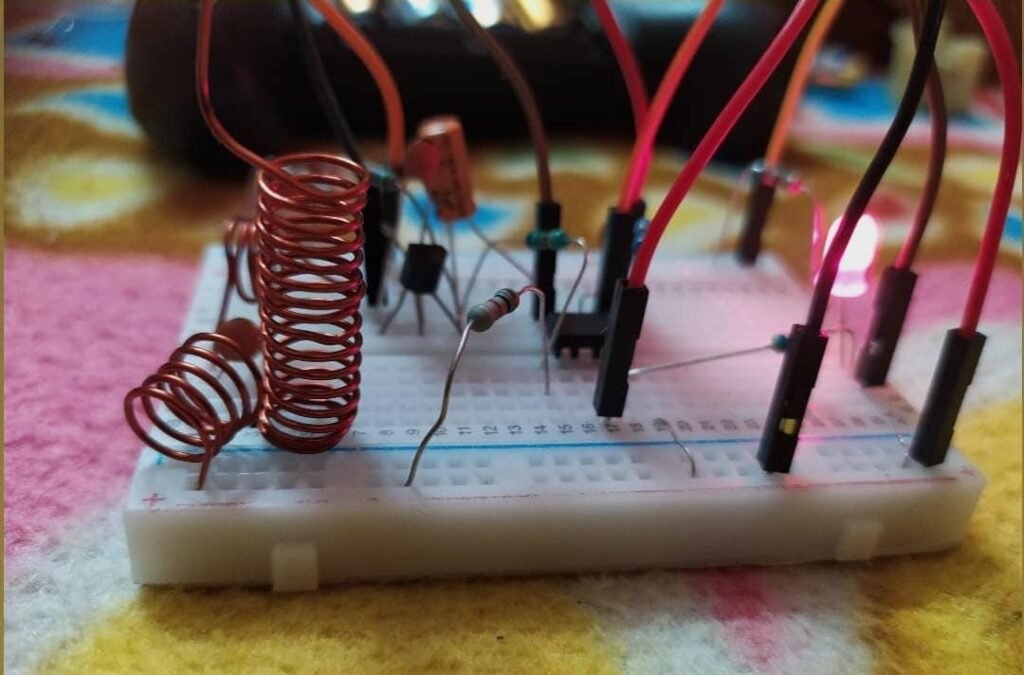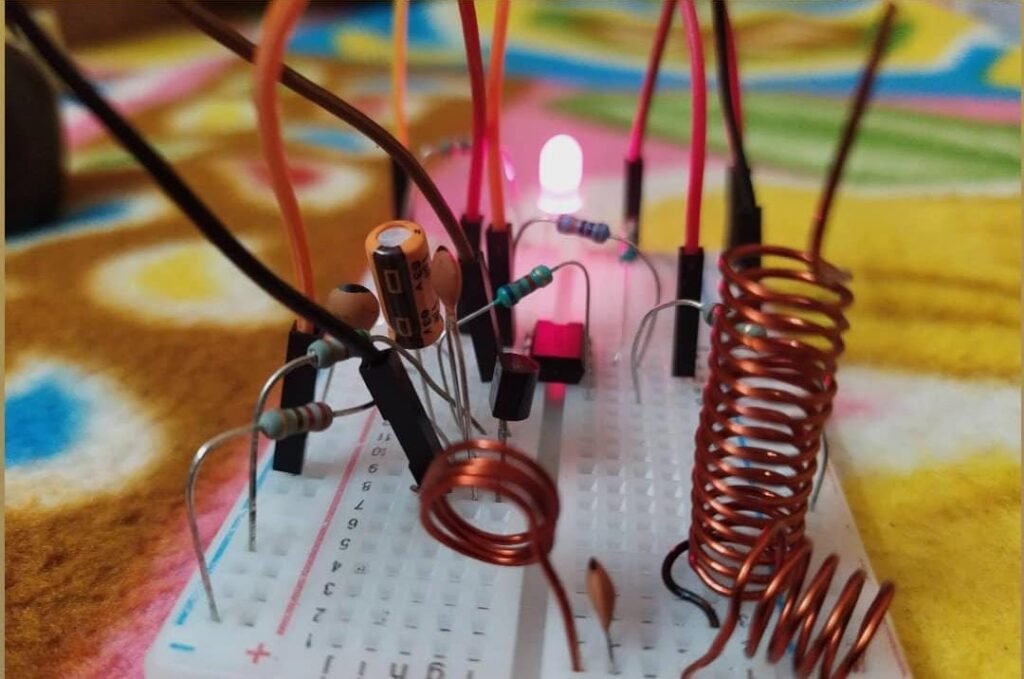Cell Phone Signal Jammer Using 555 Ic 555 Timer Project

Cell Phone Signal Jammer Using 555 Ic 555 Timer Project For identifying the pins of a 555 timer ic use the notch given on the top. on the left hand side of the notch is pin number 1. make the coils from 24 awg copper wire using a pen pencil. you have to make three coils of it as shown above. leave pin number 5 of 555 ic as it is. now connect the 5 volts dc power supply to the circuit and turn the. The switch s1 is used to turn on and turn off the cell phone jammer. in the above circuit the 555 timer is used as the frequency generator. the output of the 555 timer is fed to the amplifier circuit through a 1uf electrolytic capacitor. this capacitor blocks the dc and allow the ac signal to pass which is amplified by the transistor q1.

Cell Phone Signal Jammer Using 555 Ic 555 Timer Project How to make a mobile network signal jammer using 555 timer ic and etc, network jammer, phone jammer, this project is very interesting and simple circuit foll. Make your own cell phone signal jammer using ne555 timer. watch this video on . note: it is for educational purposes only. if you have any queries feel free to connect us on social handles facebook. this cell phone signal jammer circuit using 555 timer will effectively jam all types of mobile band signals. This circuit is very efficient to jam th in this video, you will learn how to make a cell phone signal jammer using 555 timer with less number of components. Useful steps. 1) solder the ne555 timer ic on the veroboard. after that, solder the toggle switch on the veroboard. 2) after that, solder the 30pf trimmer capacitor on the veroboard. 3) solder the 4.7uf capacitor with pin 3 of the ic. after that, solder the ve terminal of the led with vcc of the circuit and ve with 1k resistor.

Comments are closed.